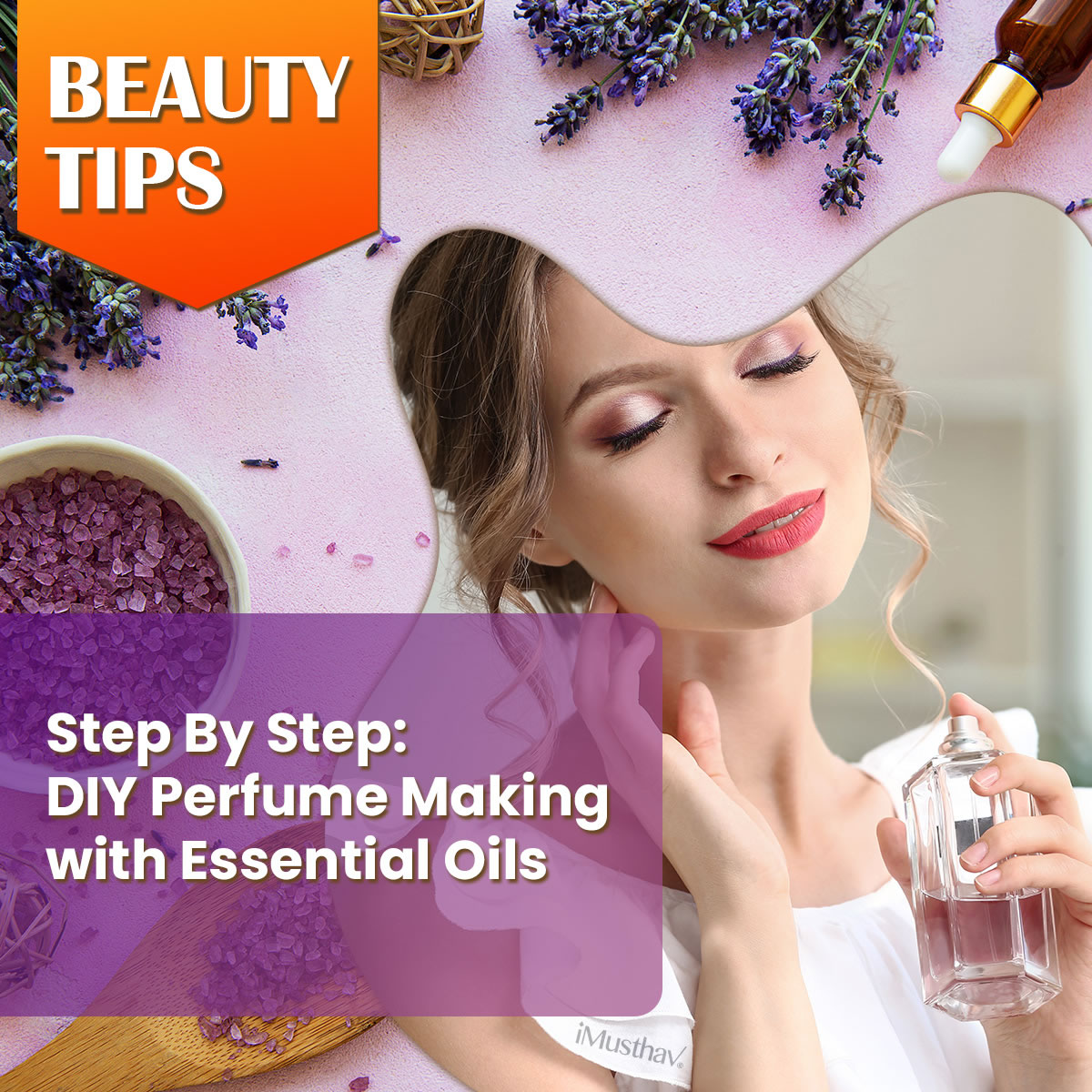Besides using iMusthav products at home to handle all your hair removal needs, and in order to further enhance your personal unique charm, do you want to create a unique scent that reflects your personality? DIY perfume-making using essential oils can help you achieve just that. Today, in this article iMusthav’s Editor will provide a step-by-step guide to creating a personalized perfume oil that is all your own.
If you are tired of wearing the same common fragrances as everyone else. Come on, keep reading this article!
DIY Perfume Making: A Step-by-Step Guide to Creating a Personalized Perfume Using Essential Oils
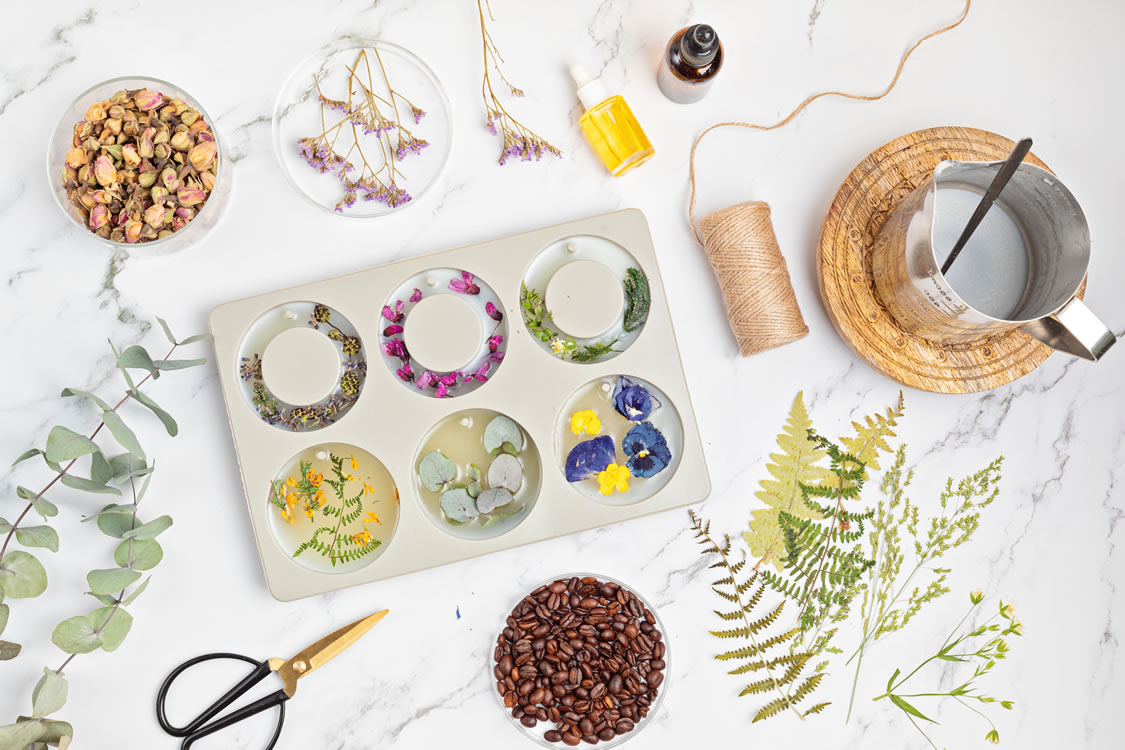
Step 1: Gather Your Materials
To make your own perfume oil, you will need the following materials:
- Essential oils (choose your favorite scents)
- Carrier oil (such as jojoba, almond or fractionated coconut oil)
- Small glass bottles or rollerball containers
- Funnel
- Pipettes
- Stirring stick or skewer
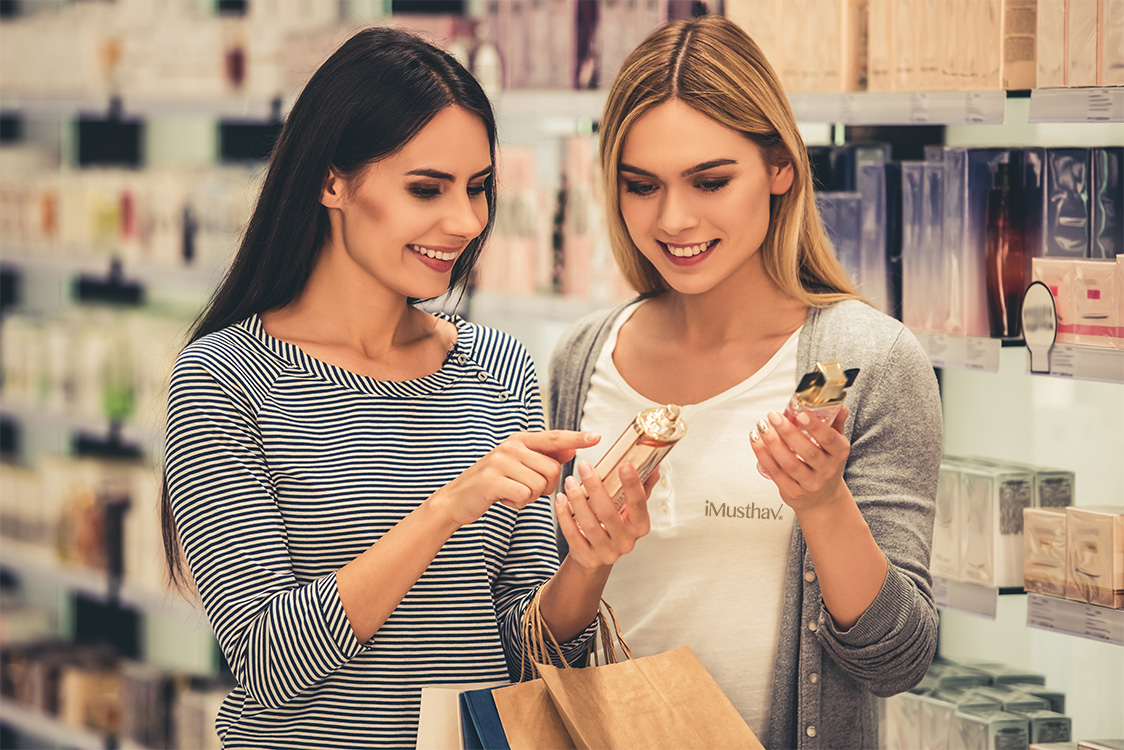
Step 2: Choose Your Essential Oils
The first step in making your own perfume oil is to choose the essential oils you want to use. Essential oils are concentrated oils extracted from plants and flowers, and they have different scents and therapeutic properties. To create a well-balanced perfume, it’s recommended to choose a combination of top, middle, and base notes. Top notes are the first scent you smell when you apply perfume and tend to be light and fresh. Middle notes provide the body of the scent and last longer than top notes. Base notes are the foundation of the scent and are typically deep and musky.
Some popular essential oils to consider are:
- Top notes: lemon, bergamot, grapefruit, peppermint
- Middle notes: lavender, geranium, jasmine, rose
- Base notes: cedarwood, patchouli, sandalwood, vanilla

Step 3: Choose Your Carrier Oil
The carrier oil is what dilutes the essential oils and helps to make the perfume last longer. Popular carrier oils include jojoba, almond, and fractionated coconut oil.
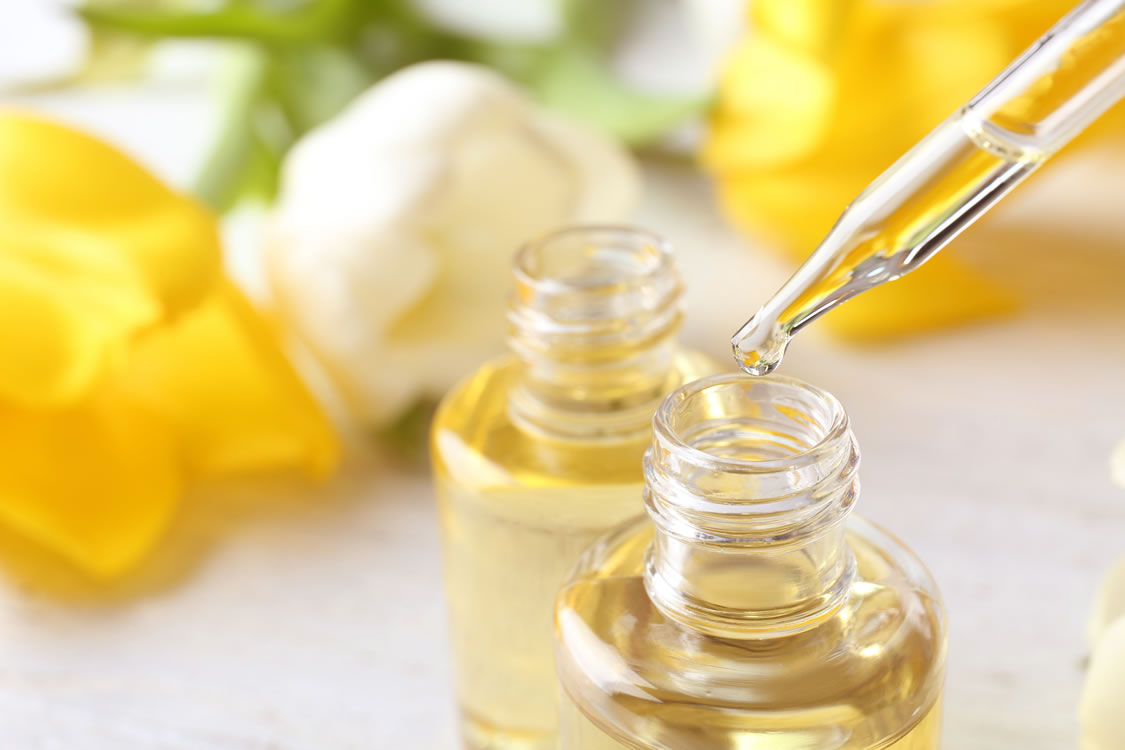
Step 4: Mix Your Essential Oils
Using your pipette, add your chosen essential oils to a small glass bottle or rollerball container. For a 10 ml bottle, a safe amount of essential oil is usually between 10-20 drops. A good rule of thumb is to use 30% top notes, 50% middle notes, and 20% base notes.
Some ideas to get you started:
- For a fresh, citrusy scent: grapefruit (4 drops), bergamot (4 drops), and lavender (2-4 drops)
- For a floral scent: jasmine (3 drops), ylang-ylang (3 drops), and patchouli (2-4 drops)
- For a warm, woody scent: sandalwood (3 drops), cedarwood (3 drops), and vanilla (2-4 drops)

Step 5: Add Carrier Oil
Once you have added your essential oils, fill the bottle the rest of the way with your chosen carrier oil. Use your funnel to avoid spills and waste. Make sure to leave a little bit of room at the top for stirring.
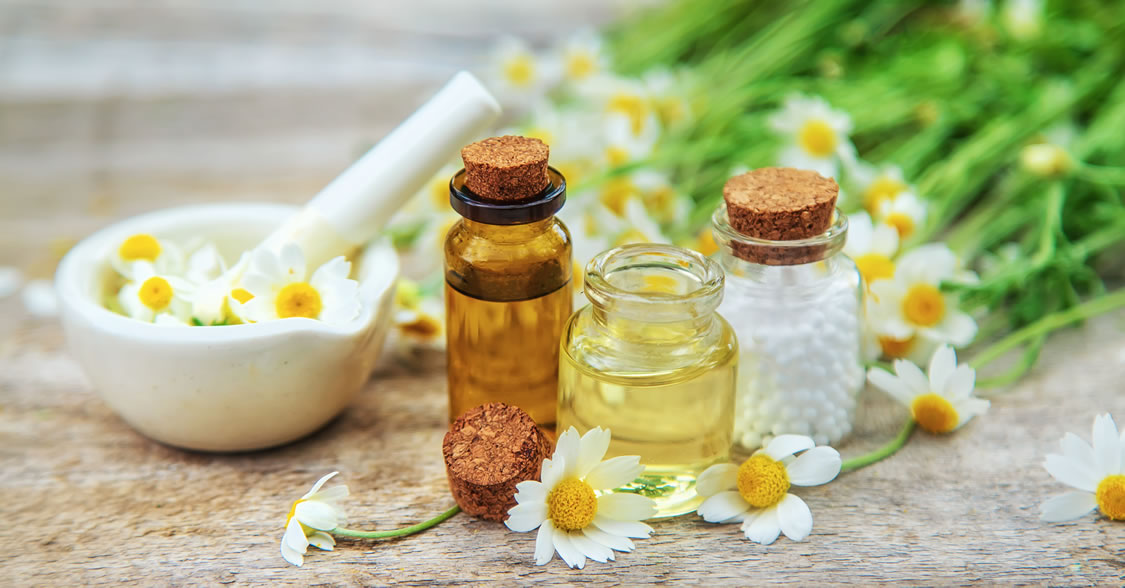
Step 6: Stir
Using a stirring stick or skewer, stir the essential oils and carrier oil together. Make sure they are well blended.
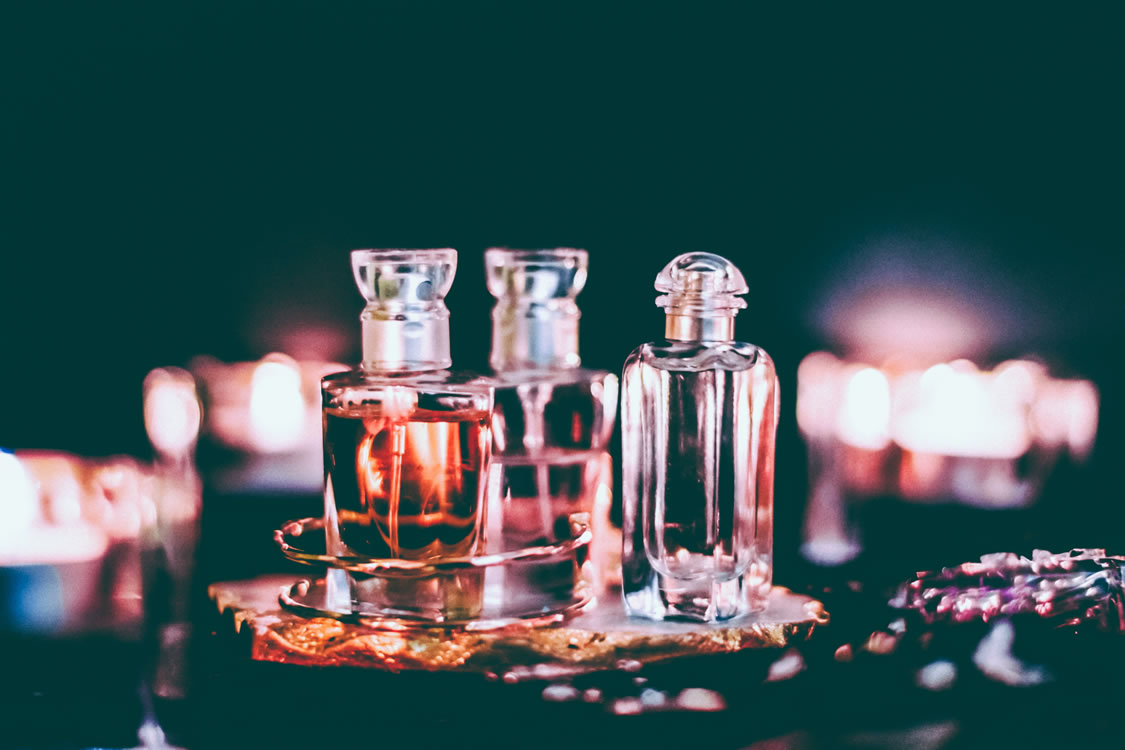
Step 7: Let It Rest
Allow the perfume oil to rest for 24 hours in a cool, dark place. This will give the essential oils time to fully blend and mature.
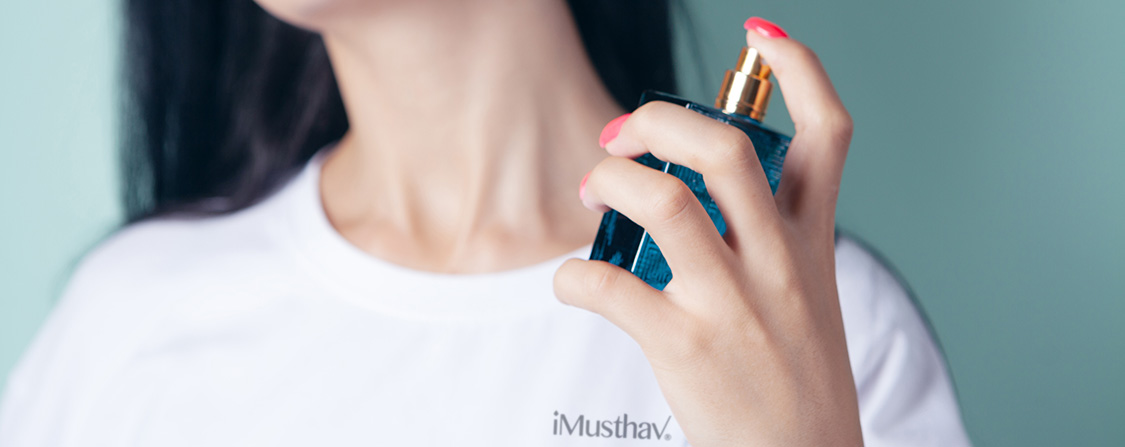
Step 8: Test and Adjust
After 24 hours, give your perfume oil a test run. Apply a small amount to your wrist or neck and see how it smells on your skin. If you’re not happy with the scent, you can adjust it by adding more essential oils or carrier oil.
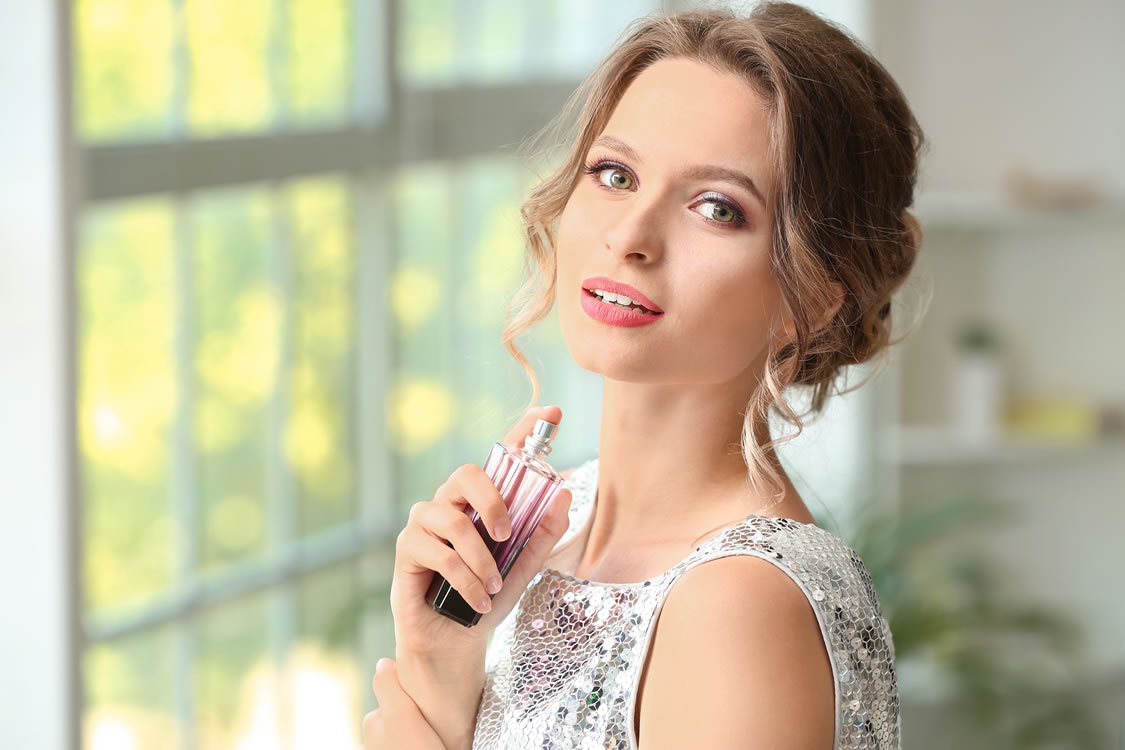
Step 9: Enjoy!
Congratulations, you have made your own perfume oil! Now you can enjoy your custom scent by wearing it every day.
In conclusion, making your own perfume using essential oils is a fun and creative way to express your personality and create a personalized fragrance that is unique to you. With a little experimentation and patience, you can create a scent that suits your taste and mood.
It’s important to note that essential oils can be potent and may cause irritation or allergic reactions, especially if used in high concentrations. Always do a patch test before using a new essential oil and consult with a healthcare professional if you have any concerns.
In addition, essential oils can also degrade over time and exposure to heat, light, and air. To prolong the shelf life of your perfume, store it in a cool, dark place and avoid exposing it to direct sunlight or extreme temperatures, Then, typically, perfume oil can last anywhere from 1 to 3 years if stored properly, but after that time it may start to lose its scent or develop an unpleasant odor.
Overall, DIY perfume-making using essential oils is a fun and rewarding experience that allows you to tap into your creativity and create a unique scent that reflects your personality. Give it a try and enjoy the sweet aroma of success!

